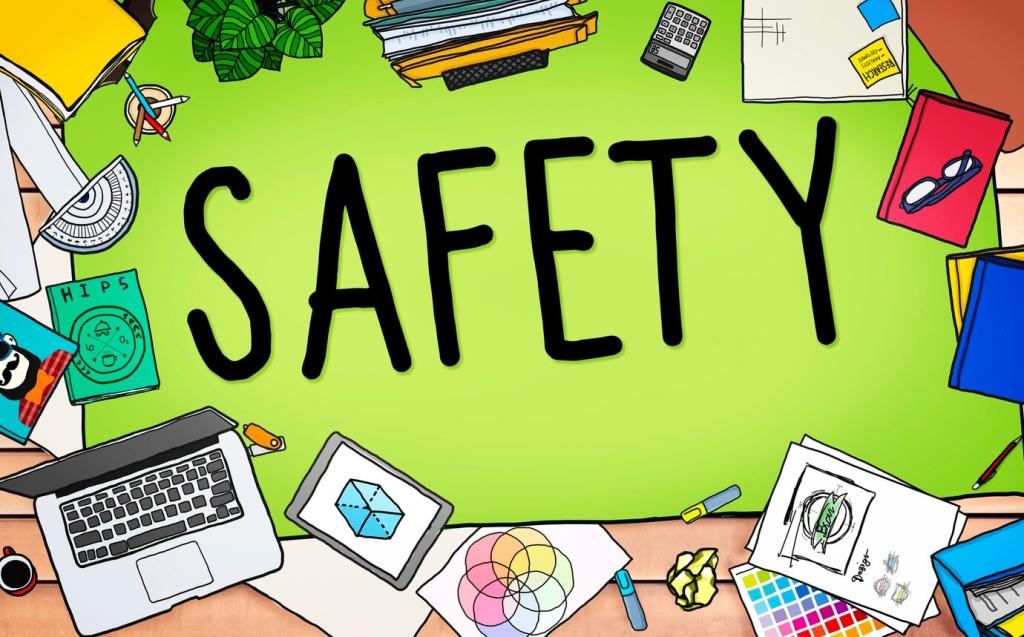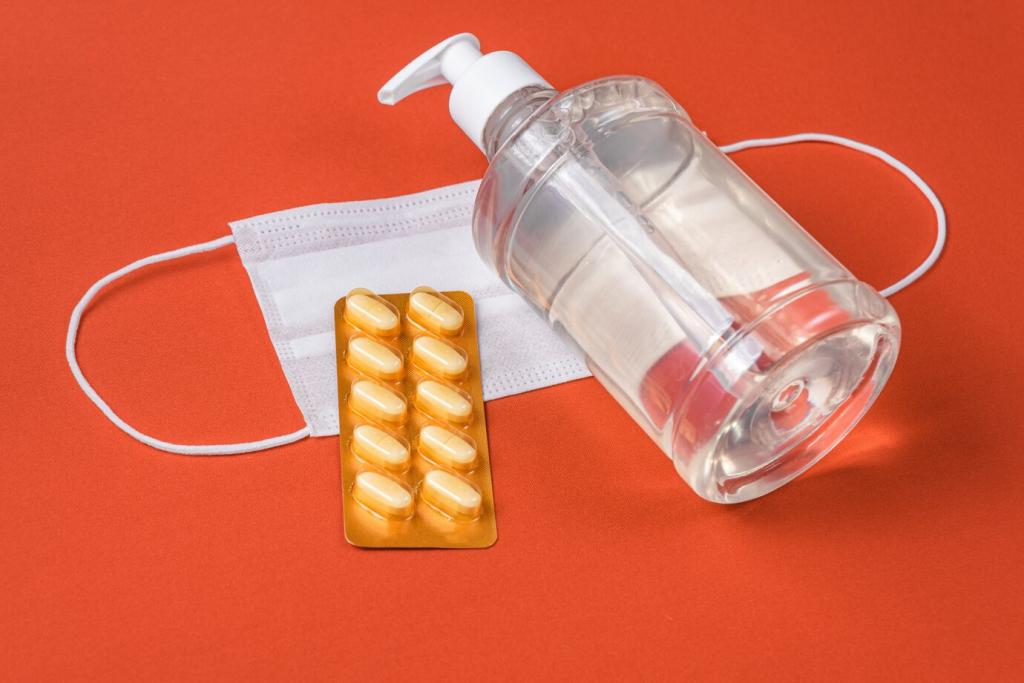Moisture, Care, and Lifetime Durability
Use desiccants or low‑watt dehumidifiers to stabilize interior humidity. Maintain exterior coatings and touch up scratches. Dry, clean steel resists corrosion, preserving that hard‑won structural integrity year after year.
Moisture, Care, and Lifetime Durability
Periodically check hinge pins, door alignment, and gasket condition. Light lubrication on moving parts prevents binding. Small, routine care keeps heavy doors operating smoothly and protects seals that matter during a fire.









